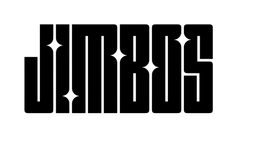Polish vs Compound for Hard Clear Coat: What Works Best?
Hard clear coats can be incredibly frustrating. Your pad spins. Your polish flashes. But the defects just stay there—mocking you. So, what actually works?
In this post (and the video below), we’re breaking down how to approach hard clear without wasting product, burning time, or overworking your arms. And we’ll cover how the abrasive system in Picture Perfect Polish is tuned to handle these exact situations.
Why Hard Clear Requires More Aggression
Hard paint doesn’t respond well to soft pads or oily polishes. To correct defects efficiently, you typically need:
- A firmer pad—like a cutting or microfiber pad
- More aggressive abrasives that don’t break down too quickly
- A polish that stays active long enough to level the surface
That’s why most people assume you need a compound. But that’s not always true if your polish has high-quality abrasives and enough cut.
How Picture Perfect Polish Tackles Hard Clear
Picture Perfect Polish was designed with non-dusting, long-cycle diminishing abrasives—combined with a pad-dependent formula that allows you to increase cut with the right setup.
With a cutting pad, it behaves like a compound. With a finishing pad, it finishes down clean—even on black paint.
One Polish. Any Paint. Any Job.
- American-made diminishing abrasives
- No dusting, no streaks, long working time
- Pad-dependent performance for hard or soft paint
Hard clear? No problem. Just adjust your pad and polish with confidence.
Pro Tip: Test, Then Tweak
Don’t assume the most aggressive setup is best. Always test first. You might be surprised how much correction you can get with a one-step polish, even on hard clear—if the abrasives are right and your pad is dialed in.



